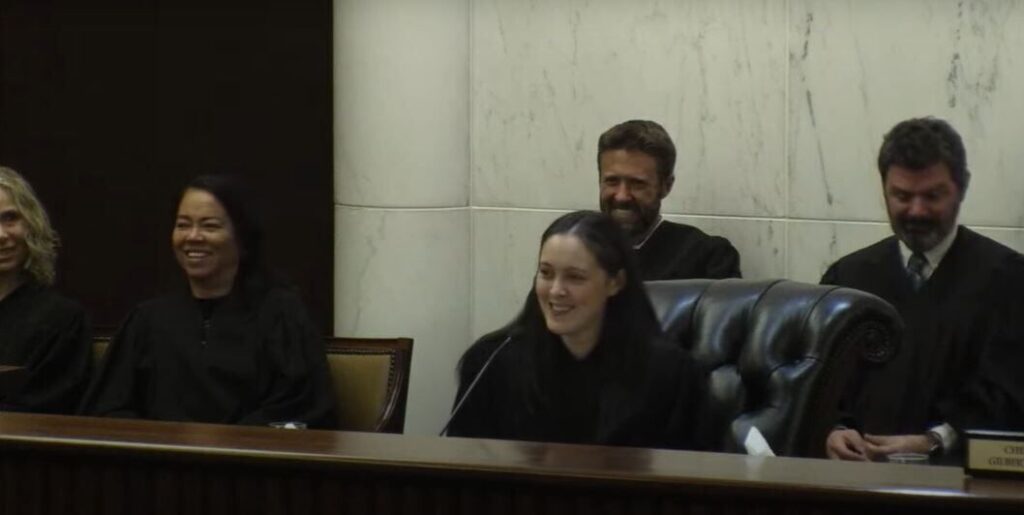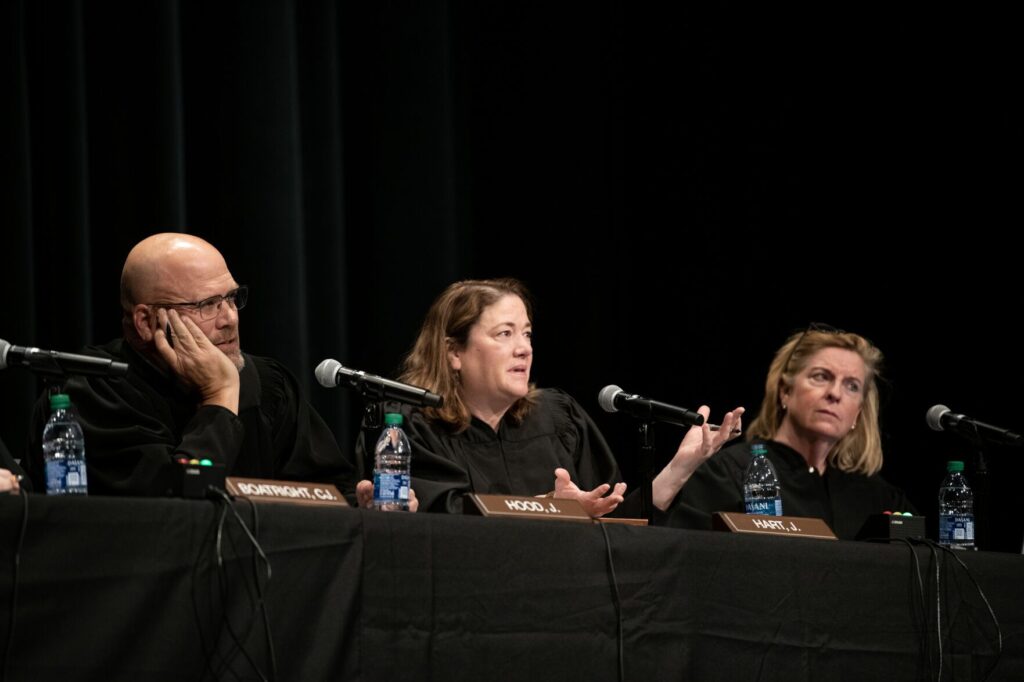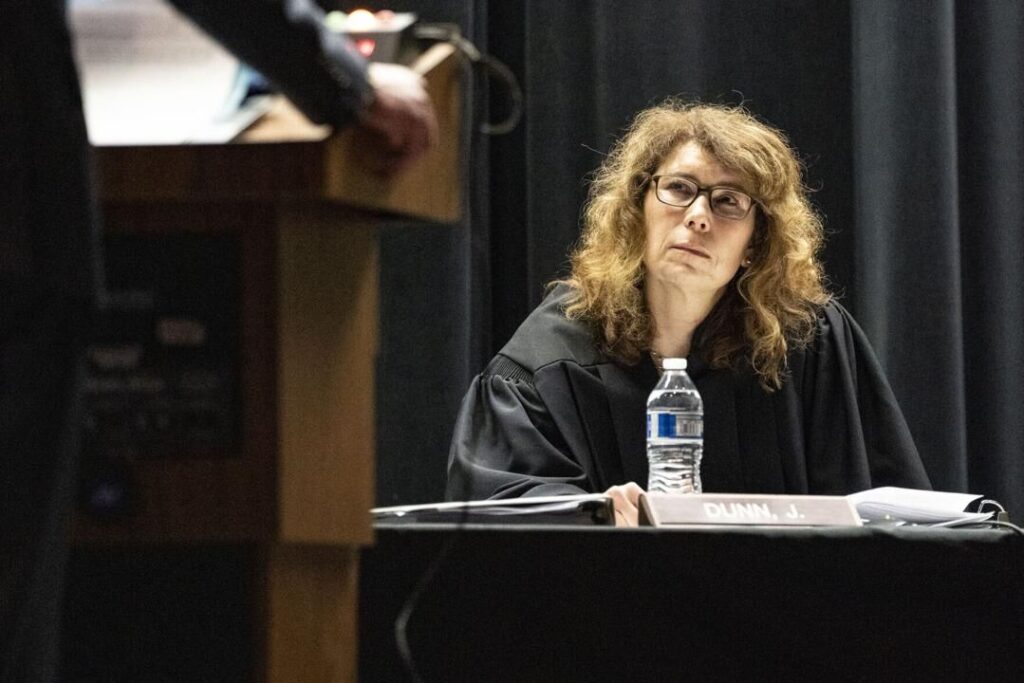10th Circuit finds federal judge likely created abusive environment

The governing body for the federal appeals court based in Denver revealed it found credible evidence a judge in New Mexico was responsible for an abusive and hostile workplace environment.
In a rare public order following a disciplinary investigation, the Judicial Council for the U.S. Court of Appeals for the 10th Circuit indicated the likely misconduct of former U.S. Magistrate Judge Carmen E. Garza raised questions about whether judicial employees circuit-wide feel comfortable reporting abusive behavior.
The investigatory committee “determined that some employees were unaware of the safeguards the Judiciary had implemented to prevent retaliation. Others, it found, lacked confidence in the system and its ability to protect them,” wrote Chief Judge Timothy M. Tymkovich on Wednesday.
According to the Judicial Council’s order, the federal district court judges in New Mexico voted against reappointing Garza to another term as a magistrate judge after the investigation was substantially completed. She subsequently left her position, which she held since 2006.
The 10th Circuit encompasses Colorado, Oklahoma, Utah, Kansas, New Mexico and Wyoming.
Anyone can file a misconduct complaint against a federal judge, after which the chief judge of the circuit may dismiss the matter, as is the case with the vast majority of reports, or appoint a special committee to investigate further.
Tymkovich, of Colorado, chose the latter option, and the committee interviewed every full-time employee who had worked for Garza during her time on the bench. Although Garza ultimately declined an interview, the committee found a consistent pattern of threats, derogatory statements, unpredictable outbursts and manipulation from Garza.
There was “some evidence” Garza engaged in retaliation after the district judges refused to reappoint her, the Judicial Council noted. Because Garza is no longer a judge, the Judicial Council concluded the case without sanctioning her, but noted some larger “institutional issues” related to harassment.
Chief among those worries, wrote Tymkovich, was a lack of awareness about what the judiciary considers a hostile work environment, even among other federal judges.
“Many of them questioned whether what little information they had rose to the level of misconduct or implicated their reporting obligations,” explained Tymkovich.
Judicial employees also told investigators they feared retaliation if they had reported Garza’s abuse.
Tymkovich stated the 10th Circuit has provided training to judges and staff in the six-state region, and the people who originally complained about Garza did so because of the outreach to law clerks. Still, the Judicial Council agreed to issue a future order that additional training be given to all judges and employees.
“Based on its investigation, however, the Special Committee determined that the most effective way to assuage employees’ fears of retaliation is to demonstrate that the Judiciary’s reporting systems are effective at addressing misconduct. The Council agrees,” Tymkovich wrote.
He added that Garza’s termination was the “direct result of the complainants’ courage” and the investigation that it triggered.














